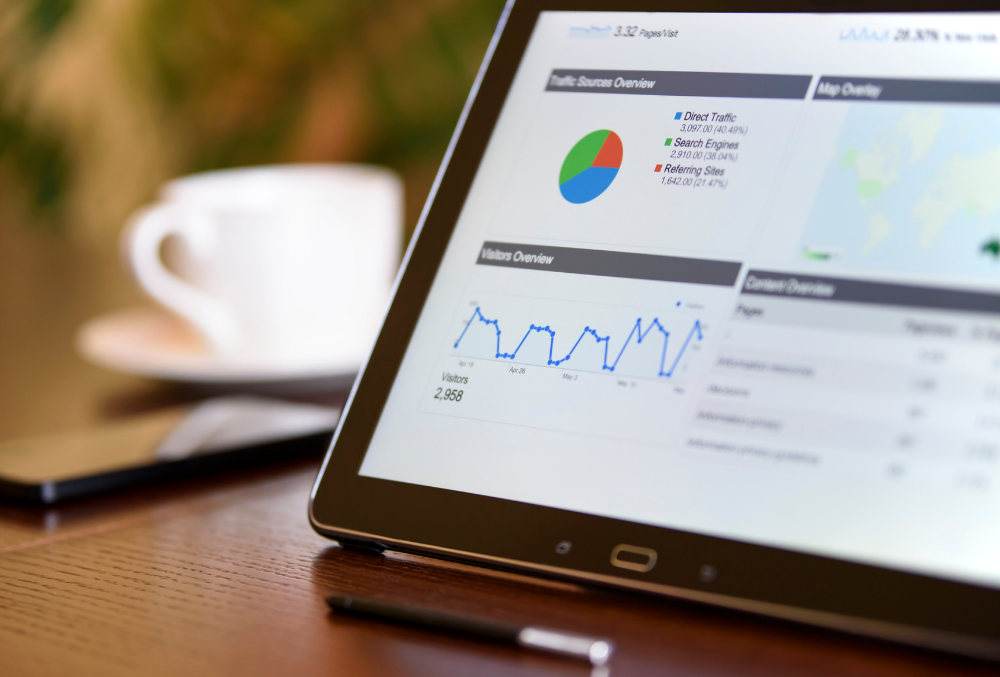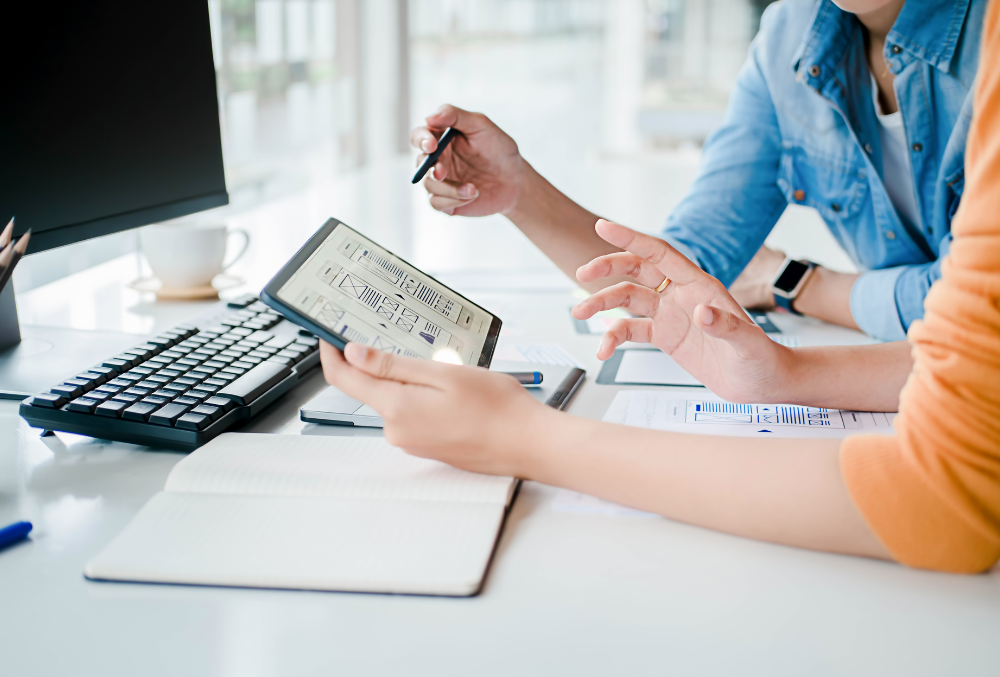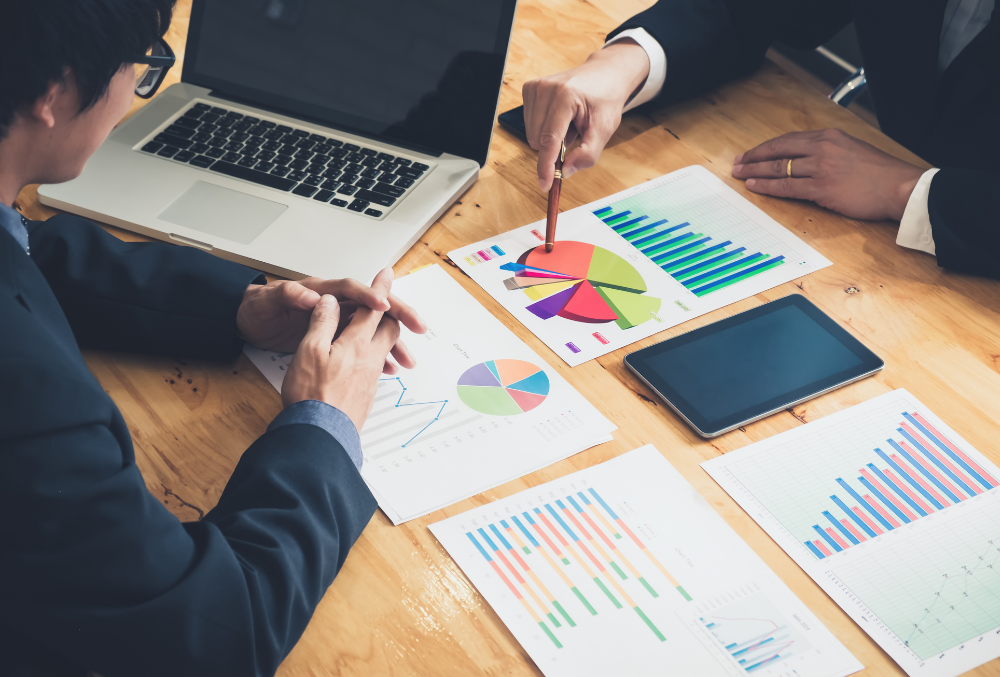You’ve put in the work by building your business and gaining momentum. Maybe you even have repeat customers who love what you provide. But despite your best efforts, your business isn’t scaling. Numbers aren’t budging. When you check your SEO, you find that leads are inconsistent and that your website doesn’t even show up on Google. If this sounds familiar, you’re not alone. Many businesses hit plateaus, not because of a lack of value, but because they lack a solid growth plan.
That’s where ThinkDMG comes in. We don’t sell useless promises. Instead we build tailored growth plans that align with how people actually search, buy, and stay loyal.
Key Takeaways
- ✔️ Many South Jersey businesses hit a plateau due to lack of a strategic growth plan—not a lack of value.
- ✔️ ThinkDMG offers a full digital audit, local SEO fixes, conversion-focused content, and ad optimization tailored to your goals.
- ✔️ Scaling requires clarity in your offer, targeted traffic, and a website that converts leads into loyal customers.
- ✔️ We build growth plans based on South Jersey’s unique market—no fluff, no guesswork, just results.
- ✔️ You can book a free strategy session to start building your growth plan with ThinkDMG today.
Why Local Businesses Struggle to Scale
Scaling seems easy on paper. But when you get beyond the ads and posting on social media, you realize that it requires a bit more planning. Many businesses get stuck because:
- Messaging isn’t clear or inconsistent
- They’re targeting the wrong traffic or wrong location
- Their website doesn’t convert visitors into customers
- There’s no plan guiding their marketing efforts
Digital marketing without strategy is like rowing a boat without any oars. You won’t get anywhere fast. So how do you get a pair of oars to take your business upstream?
You get a growth plan.
What is a Growth Plan?
A growth plan is a strategic roadmap to expanding a business over time. Expansion can vary. For some, it may mean gaining more customers over a set number of years. For others, it could mean scaling operations or entering new markets. A growth plan typically includes:
- Goals: Clear short-term and long-term objectives.
- Target Audience: Who you want to reach and serve.
- Marketing Strategy: SEO, paid ads, emails, or content creation.
- Sales Approach: How leads will be generated, nurtured, and closed.
- Operational Plan: How the business will handle increased demand.
- Budget and KPIs: Resources that are needed and how they will be measured.
What Does a ThinkDMG Growth Plan Look Like?
When you partner with ThinkDMG, we truly contemplate what success looks like for your business. Then we reverse-engineer, working backwards to develop actionable steps to ensure you meet your goals. Here’s what a growth plan from ThinkDMG looks like:
1. Deep Audit of Digital Assets
We review your site, Google Business Profile, SEO, content, and ad performance to see what’s working and what’s costing you customers.
2. Local SEO Foundation
We make sure your business is showing up in searches like “HVAC in Medford” or “best roofer Cherry Hill.” That means optimizing your town pages, citations, schema, and Google profile for maximum visibility.
3. Conversion-Driven Content Strategy
Blogs, landing pages, and service pages are all written to attract the right audience and move them toward action. No filler content. Just helpful, local, and persuasive copy.
4. Ads That Actually Work
Paid ads are part of scaling, but we don’t run ads just to spend your budget. We tie every campaign to a goal—calls, bookings, or form submissions—with full visibility into your ROI.
5. Ongoing Reporting & Optimization
You’ll always know what’s happening. We track performance, provide easy-to-understand updates, and adapt to what works. Growth isn’t a set-it-and-forget-it process. It’s iterative.
Real Talk: Scaling Isn’t a Quick Hack
We’ll always be honest with you, which is why we need to say this: SEO and scaling doesn’t happen overnight. There’s no “one weird trick” that will scale your business suddenly. It takes strategy, data, and a marketing team with your best interest in mind. It also helps when said marketing team researches your audience and locality to know how to get you seen.
At ThinkDMG, we know the nuances of marketing for various industries. We also know how to appeal to your region and tailor strategies accordingly. No guessing. No outsourced templates. Just results that remain consistent over time.
Frequently Asked Questions
How do I know if my business is ready to scale?
If you have a consistent product/service offering, existing customers, and want to grow revenue—but aren’t getting the leads you need—you’re ready.
What’s included in ThinkDMG’s growth plan?
It includes a full audit, digital strategy, content updates, local SEO improvements, and ongoing performance tracking tailored to your business goals.
Do you only work with businesses in South Jersey?
We focus on South Jersey businesses, but we’ve helped clients across the tri-state area. If you want a localized strategy, we’re your team.
Is the strategy session really free?
Yes! It’s 100% free—no hard pitch, just real insights and value. You’ll walk away with ideas you can implement whether you work with us or not.
How long does it take to see results?
Most businesses see measurable improvements within 30–90 days, depending on the plan and market conditions.
Ready to Build a Growth Plan? We’ve Got You
If you’re struggling to scale your business, it’s not for a lack of trying. Sometimes, you simply need to rethink your digital marketing efforts. Align with a digital marketing group like Think DMG. We’ll ensure that your tailored growth plan takes your business to new heights.
🔥 Let’s Scale Your Business (Without the Guesswork)
You don’t need another “guru.” You need a growth plan that gets results. Let ThinkDMG build it with you—step by step.












